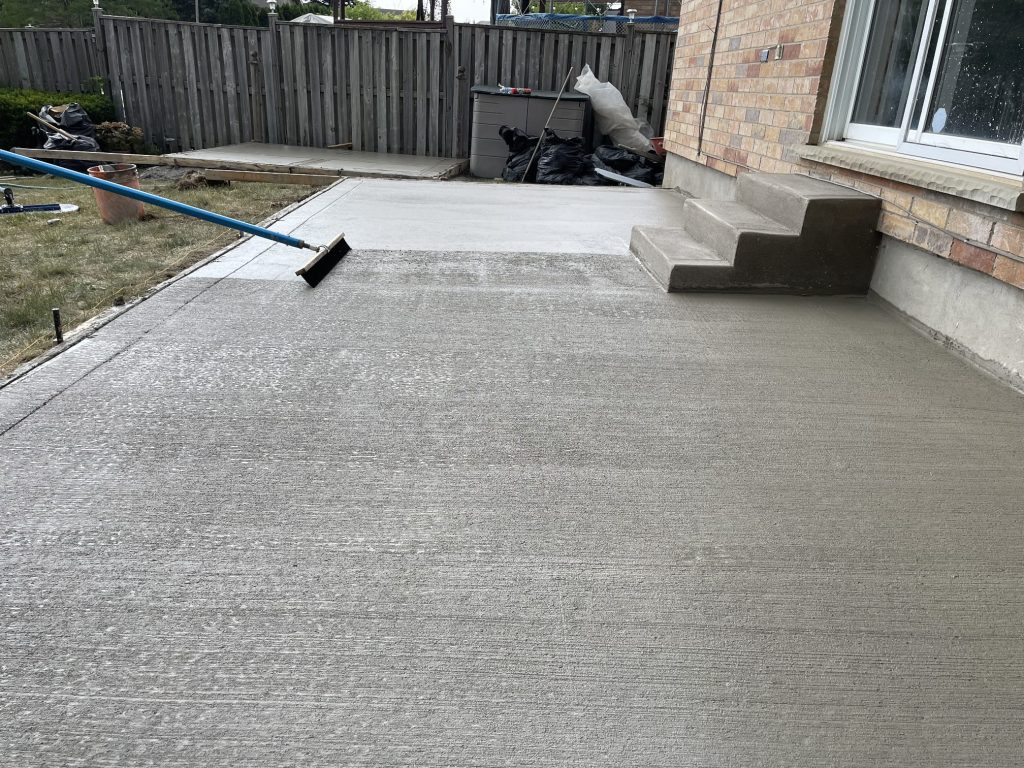Advantages and Disadvantages of Concrete!
Concrete is one of the most widely used construction materials in the world, and for good reason. Its versatility, durability, and strength make it an ideal choice for a wide range of applications. However, like any building material, concrete has its own set of advantages and disadvantages. In this blog post, we’ll explore both sides of the concrete coin to help you better understand when and where it’s the right choice.
Advantages of Concrete:
- Strength and Durability: Concrete is renowned for its exceptional compressive strength. It can withstand heavy loads and has a long lifespan, making it ideal for structures that need to stand the test of time.
- Versatility: Concrete can take on various forms and shapes. It can be molded into virtually any shape, allowing for creative and customized designs in construction.
- Fire Resistance: Concrete is highly resistant to fire, which can be a critical safety feature in buildings and infrastructure.
- Low Maintenance: Once properly installed, concrete structures generally require minimal maintenance. They are not susceptible to rot, rust, or pests.
- Energy Efficiency: Concrete has excellent thermal mass properties, which can help regulate temperature and reduce heating and cooling costs in buildings.
- Cost-Effective: In many cases, concrete can be a cost-effective building material, especially when considering its long-term durability and low maintenance requirements.
Disadvantages of Concrete:
- Environmental Impact: The production of concrete is associated with a significant carbon footprint due to the energy-intensive process of cement production. It is also a major consumer of natural resources like sand and gravel.
- Cracking: While concrete is strong, it can develop cracks over time due to factors such as settling, temperature fluctuations, and structural movement. Proper design and maintenance can mitigate this issue.
- Weight: Concrete is heavy, which can limit its use in certain applications and require strong support structures.
- Curing Time: Concrete typically requires time to cure and reach its full strength. This can delay construction schedules.
- Aesthetic Limitations: While concrete’s versatility is an advantage, it may not always provide the aesthetic appeal of other materials like wood or stone.
- Limited Insulation: Uninsulated concrete can transmit heat and cold, which may necessitate additional insulation in some applications.
How to Maintain Concrete:
Proper maintenance is essential to maximize the lifespan and performance of concrete structures. Here are some key maintenance practices:
- Regular Cleaning: Keep concrete surfaces clean by removing dirt, debris, and stains. Pressure washing can be an effective method.
- Sealing: Apply a concrete sealer to protect the surface from moisture, stains, and UV damage. Reapply sealer as needed.
- Crack Repair: Address cracks promptly to prevent them from expanding. Fill small cracks with concrete patching compound and consider professional repair for larger cracks.
- Avoid Deicing Chemicals: In cold climates, avoid using deicing chemicals that can damage the concrete surface. Instead, use sand for traction.
- Inspect for Damage: Periodically inspect concrete for signs of damage or deterioration, such as spalling or scaling. Address any issues promptly.
- Reinforcement: In areas prone to heavy traffic or structural stress, consider reinforcing concrete with rebar or mesh.
- Proper Drainage: Ensure that water drains away from concrete surfaces to prevent water infiltration and damage.
- Resurface if Necessary: If the concrete surface is significantly damaged or deteriorated, consider resurfacing or refinishing.
Conclusion:
Concrete is a remarkable building material that has played a significant role in shaping the modern world. Its advantages in terms of strength, durability, and versatility are well-known and have made it a staple in construction. However, it’s essential to be aware of its environmental impact and limitations, such as cracking and aesthetics.
In practice, the choice of whether to use concrete should be based on the specific needs of the project, taking into account factors like budget, design goals, and sustainability considerations. When used thoughtfully and responsibly, concrete remains an invaluable resource in the construction industry, offering both strength and durability.



